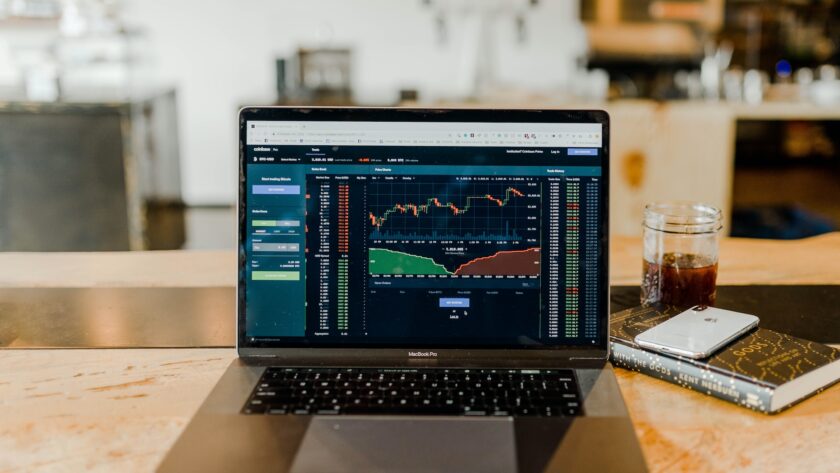Stagflation is an economic phenomenon that experiences both stagnant growth and high inflation. This is a challenging situation for policymakers and can also significantly impact the stock market. This article will discuss stagflation, its impact on the stock market, and what investors need to know to navigate it. To learn even further, you can visit this site.
What is Stagflation?
Stagflation is when the economy experiences stagnant growth, high unemployment, and high inflation simultaneously. This phenomenon is unique because inflation is usually associated with economic growth, which means that a high level of inflation is usually a sign of a healthy economy. However, stagflation occurs when the economy experiences low or no growth, and high inflation persists.
The primary cause of stagflation is a supply shock that disrupts the normal functioning of the economy. Supply shocks can come in various forms, such as increased oil prices, natural disasters, trade restrictions, or other external factors that disrupt the economy’s normal functioning.
The Impact of Stagflation on the Stock Market:
Stagflation can significantly impact the stock market. Investors must understand the relationship between stagflation and the stock market to make informed investment decisions.
Stagflation can be harmful to the stock market because it creates an environment of uncertainty and volatility. Investors become uncertain about the future direction of the economy, and this uncertainty can lead to a decrease in stock prices. Additionally, stagflation can lead to a decline in corporate earnings, further impacting stock prices.
Investors should be cautious when investing in stocks during a period of stagflation. While some stocks may perform well during this period, others may not. Investors should consider the impact of stagflation on the sector in which they are interested.
How to Invest During Stagflation?
Investing during stagflation can be challenging. However, there are some strategies that investors can use to protect their portfolios during this period.
- Invest in Defensive Stocks: Investors should consider investing in defensive stocks during stagflation. Defensive stocks are companies that provide essential goods and services that people need regardless of economic conditions. Click here to see an example of a company that could be in your defensive stocks portfolio. These stocks perform well during a recession or stagflation because their products or services are always in demand. Examples of defensive stocks include utilities, consumer staples, and healthcare companies. These sectors tend to perform well during stagflation because their products are necessities and can maintain profits even when the economy is stagnant.
- Invest in Inflation-Protected Assets: During stagflation, investors should consider investing in inflation-protected assets, such as Treasury Inflation-Protected Securities (TIPS). TIPS are government-issued bonds that protect against inflation. These bonds are designed to keep pace with inflation, which means that the interest rate on these bonds will increase if inflation increases. Investors can also consider investing in commodities like gold or oil during stagflation. These assets tend to perform well during inflationary periods because their prices tend to increase when inflation rises.
- Diversify Your Portfolio: Diversification is always important when investing but is even more critical during stagflation. Investors should consider diversifying their portfolios across different asset classes, such as stocks, bonds, and real estate. This diversification can reduce the portfolio’s overall risk and protect against the stock market’s volatility during stagflation.
Conclusion:
Stagflation is a challenging economic phenomenon that can significantly impact the stock market. Investors must understand the relationship between stagflation and the stock market to make informed investment decisions.
Investors should be cautious when investing in stocks during a period of stagflation. They should consider investing in defensive stocks and inflation-protected assets and diversifying their portfolio across different asset classes to reduce risk and protect against the stock market’s volatility. With a well-informed investment strategy, investors can navigate the challenging economic conditions of stagflation and make the best investment decisions for their portfolios.





